The story of how Chardonnay made its way to South Africa just over forty years ago is an exciting tale of daring and bravery. Without a few individuals’ willingness to break the rules to better the industry, Chardonnay may never have made its way to South African shores. In this blog post, we will share the history of Chardonnay white wine in South Africa, explore its unique characteristics and answer a few frequently asked questions about this exciting wine.
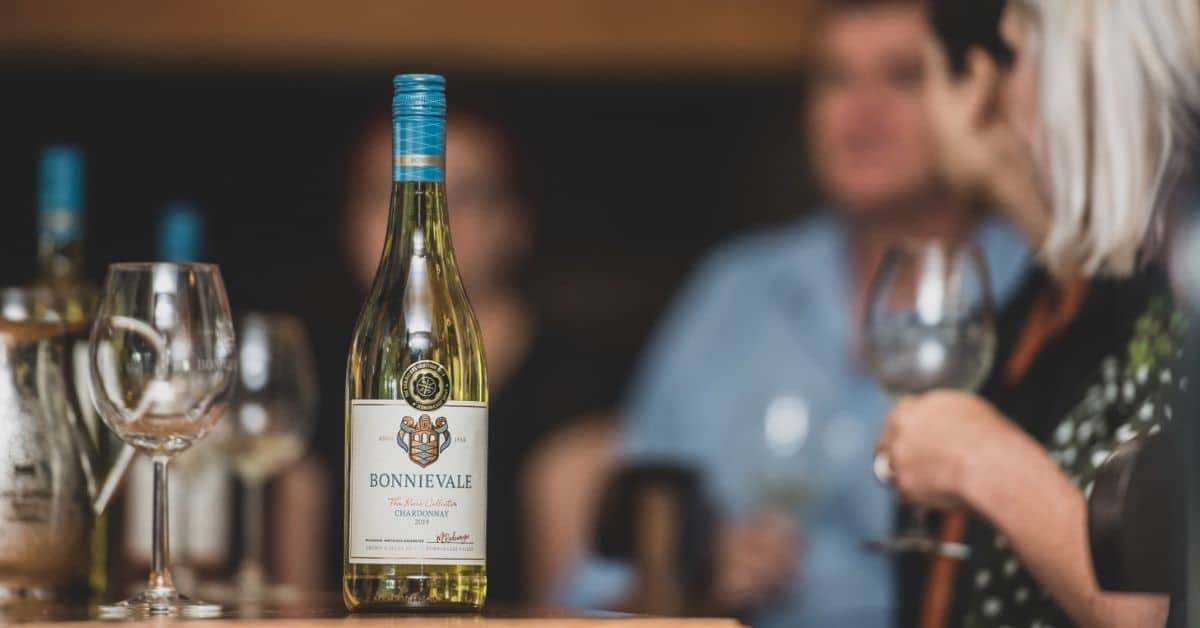
The History: An Incredible Story of Bravery and Daring
The intriguing story of how Chardonnay got to South Africa begins with Danie De Wet from the Wetshof Estate in Robertson. In 1968, he travelled to Germany to study Viticulture and Cellar Technology at the Geisenheim Institute, and while abroad, he fell in love with the Chardonnay. Having tasted various Chardonnays from Burgundy in France, he knew he wanted to begin growing and producing Chardonnay when he returned to South Africa.
Danie was excited to bring Chardonnay to his home country as the white wine industry in South Africa at the time pretty much only grew and produced Cape Riesling or Chenin Blanc. Danie believed that in order for the South African white wine industry to flourish and keep up with countries such as America, New Zealand, Australia and Chile, SA farmers would need to start growing imported varieties from Europe.
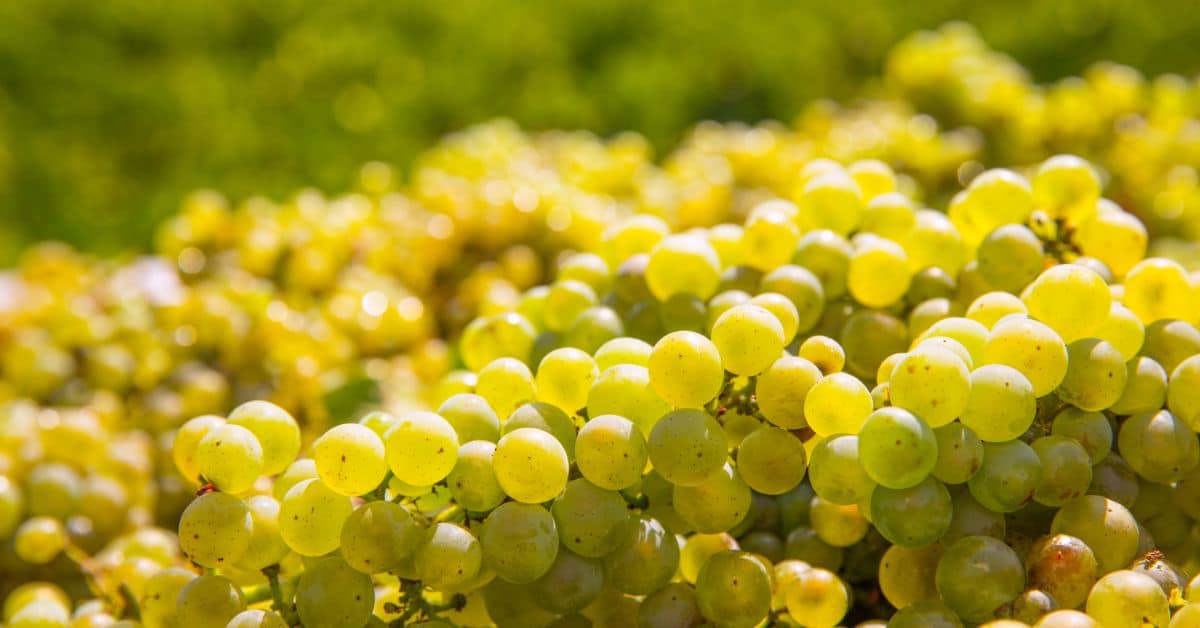
Overcoming Challenges
In the 1970s and 1980s, The South African wine industry was under the influence of the mega-producer KWV, who not only acted as a regulator over this period but also created substantial barriers to the introduction of new grape varieties. The South African wine industry was tightly controlled, and wine farmers had no choice but to follow the rules.
Danie realised that in order to introduce a new grape variety into South Africa legally, he would need to jump over 3 massive bureaucratic hurdles:
- The plant material had to be sanctioned, imported under stringent conditions, and cultivated in a regulated setting.
- Only after a period of three to five years could the grapes be harvested and used for winemaking.
- The resulting wine had to be approved by the authorities. Only after these steps could the plant material be propagated for commercial purposes, with the vines planted and the wine produced after another three to five years.
Because of the challenges wine farmers faced, it would take anywhere from 15 to 20 years for the Chardonnay to be commercially available. Danie needed to make another plan.
Making Wine History by Illegally Importing Vine Cuttings
During the late 70s and early 80s, Danie and a number of other passionate winemakers, driven by their love for Chardonnay, daringly bypassed the authorities by illegally importing vine cuttings into the country. Danie found an ally in this exciting endeavour in Jan Boland Coetzee, a former Springbok rugby player who had made the Stellenbosch wine estate Kanonkop famous.
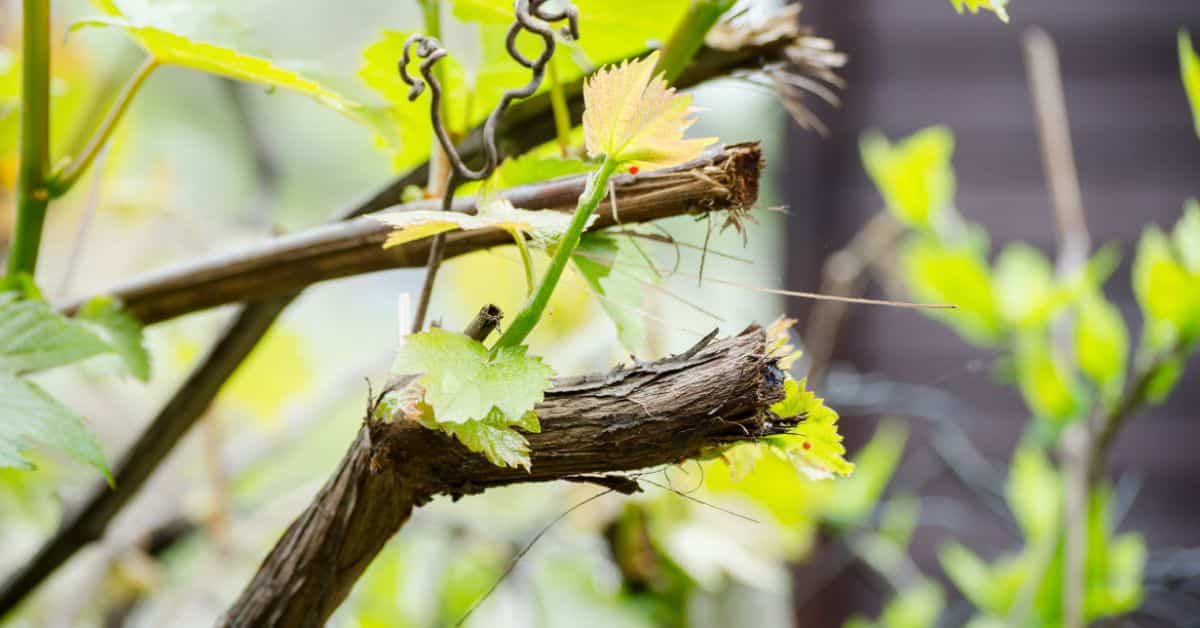
After leaving Kanonkop, Jan moved to Burgundy, the birthplace of Chardonnay, where he worked with Joseph Drouhin, a renowned producer of Chardonnay wine. When Danie reached out for cuttings, Jan knew just the place: the Clos des Mouches vineyard outside Beaune village in Burgundy. He cut some shoots on a chilly day to ensure their freshness and sent them to South Africa with a visiting journalist.
Danie, Jan, and other winemakers planted these smuggled vines on their farms. When the wine authorities discovered this, they launched an investigation. To everyone’s surprise, the ruling was in favour of Danie and Jan. The commission acknowledged the need for more efficient ways to introduce new grape varieties in South Africa by simplifying the existing process dictated by the wine authorities.
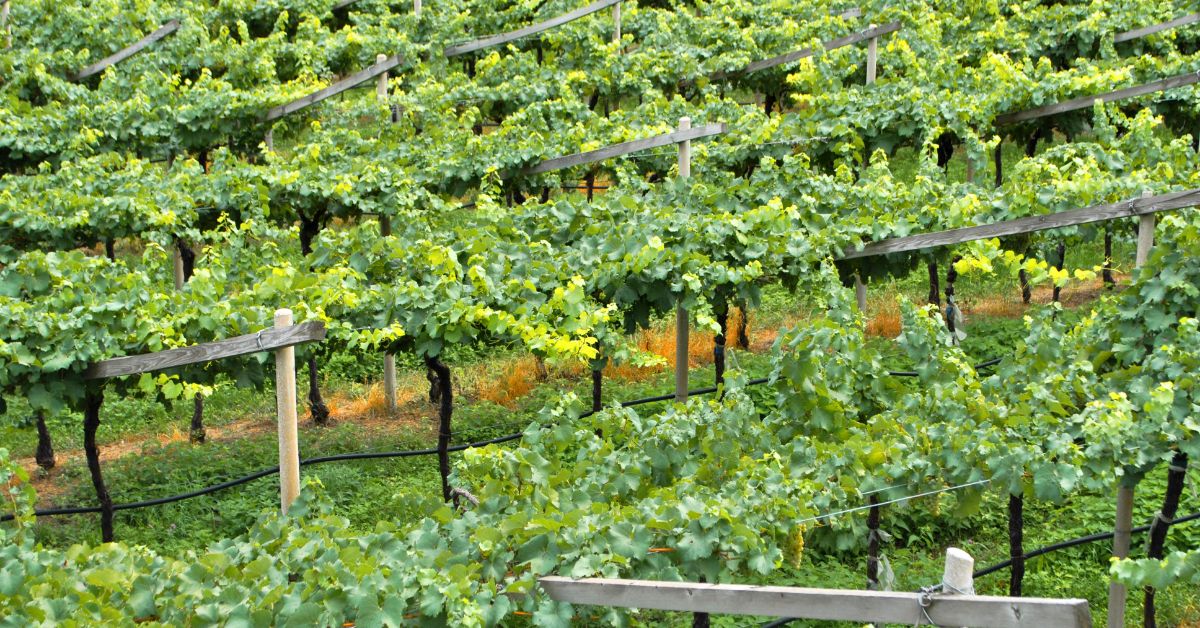
The Variety’s Impact on SA
Over the past four decades, Chardonnay has become the fourth most cultivated white wine grape in the Cape region. It also occupies over 7% of South Africa’s vineyards, and many of these vines are from Mendoza and Dijon clones. Numerous producers across the Western Cape now make unwooded, wooded, and sparkling wines thanks to this incredibly versatile grape.
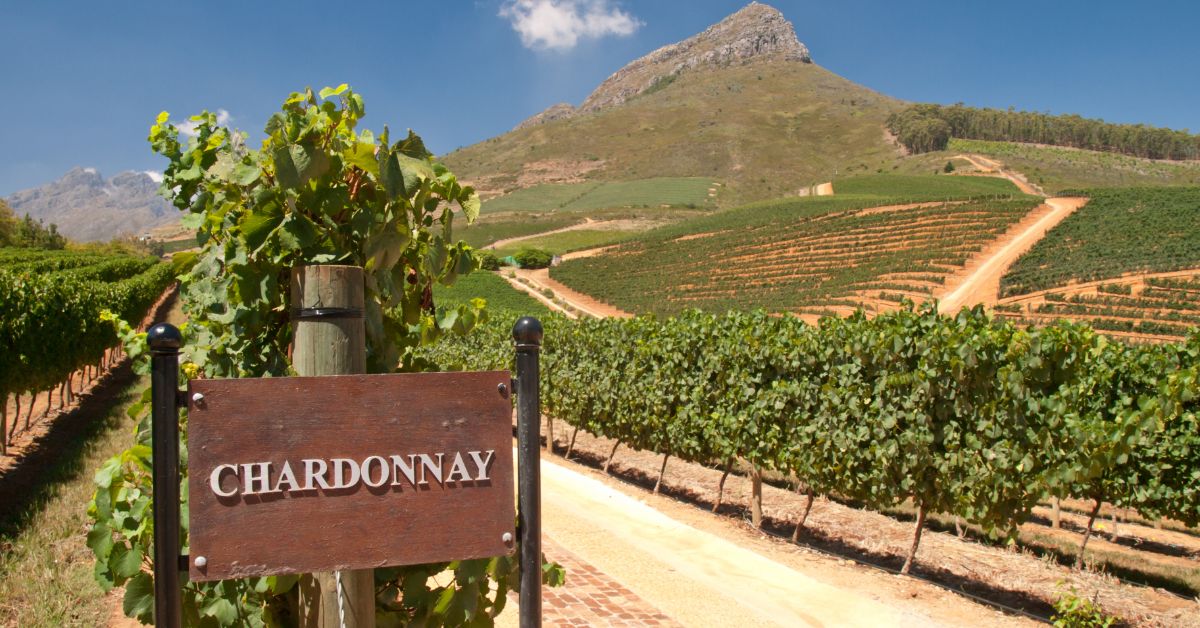
What Makes South African Chardonnay Unique?
Over the past four generations, South Africa’s Chardonnay producers have expertly crafted a collection of wines that showcase the distinct characteristics of the Cape’s diverse regions. From the rugged valleys of Stellenbosch, the cool climates of Elgin and Hemel-en-Aarde, to the limestone-rich soils of Robertson, the country’s Chardonnay selection is rich in variety. This diversity is something that has captivated wine enthusiasts worldwide and makes the country’s Chardonnay so unique.

The Characteristics of Chardonnay
South African Chardonnay is characterised by a fruit-forward profile with prominent notes of peach and citrus. Hints of spice and woodiness, primarily oak, are also present, resulting from the barrels used for fermentation. This dry white wine is highly palatable, with many Chardonnay lovers particularly drawn to its oak undertones.
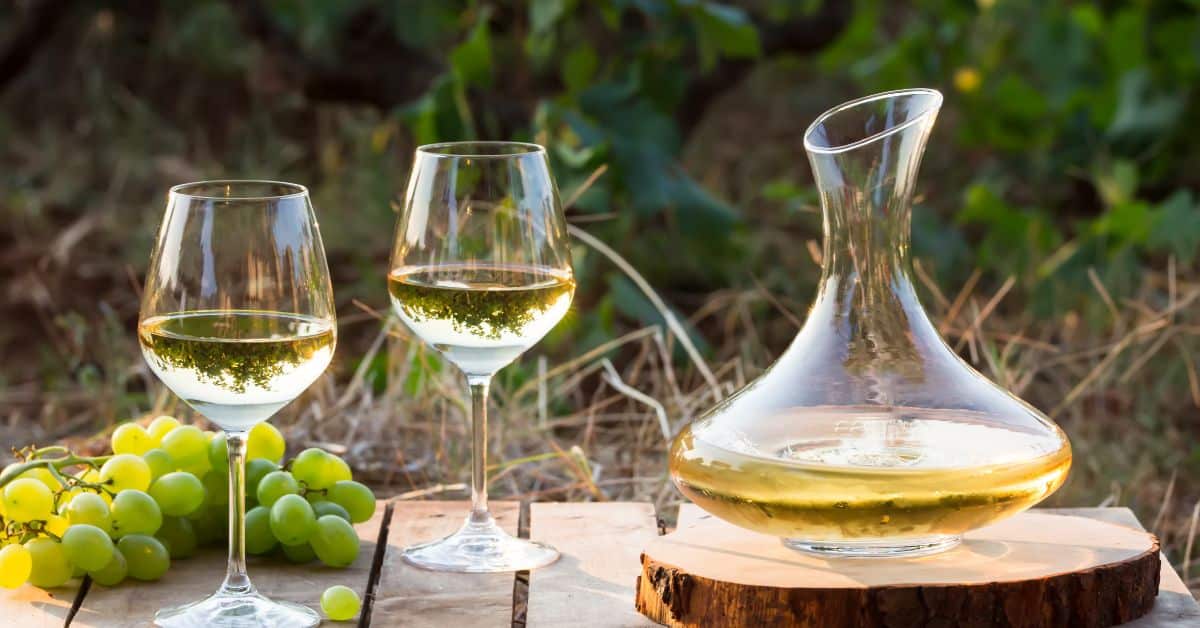
The full-bodied nature of South African Chardonnays offers a luxurious tasting experience. The aroma of ripe fruits precedes the delightful flavour, while a creamy texture contributes to its appealing palatability. The mineral balance is crucial in these wines, with meticulous attention given to achieving the right salinity and acidity levels. The popularity of South African Chardonnay is well-earned, thanks to the exceptional quality evident in every aspect of the wine.
Is Chardonnay Sweet?
Chardonnay, often a medium to full-bodied wine, is generally produced as a dry white wine. However, the perception of sweetness in a wine isn’t always due to its sugar content. More often, it’s a combination of various factors such as sugar content, fruitiness, flavours derived from oak barrels, alcohol content, etc.
We tend to associate fruitiness with sweetness, and Chardonnay tends to exhibit strong fruit aromas and flavours. In addition, some of the most sought-after Chardonnay styles undergo a period of contact with toasted oak barrels. During this process, the oak barrels help stabilise the colour, soften the tannins and impart a ‘sweetness’ into the wine. However, it’s important to note that oak ageing does not add any residual sugar to the wine.

Does Chardonnay Expire?
Unfortunately, once a bottle of wine has been opened, it will only last a few days. White wines like Chardonnay tend to last 3 to 5 days before they need to be disposed of. Here are a few things which you can look out for:
Visual Indications
When a wine is past its prime, several visual indicators can alert you to this. These include a wine that becomes murky or changes colour. Bubbles appearing in your wine signal the start of secondary fermentation, which could imply that your wine has probably turned sour and should be discarded.
Aroma
The aroma is often one of the most noticeable ways your wine will signal that it’s time to let it go. These smells are typically unpleasant and medicinal and can taste like chemicals or vinegar, but they can also be sweet.
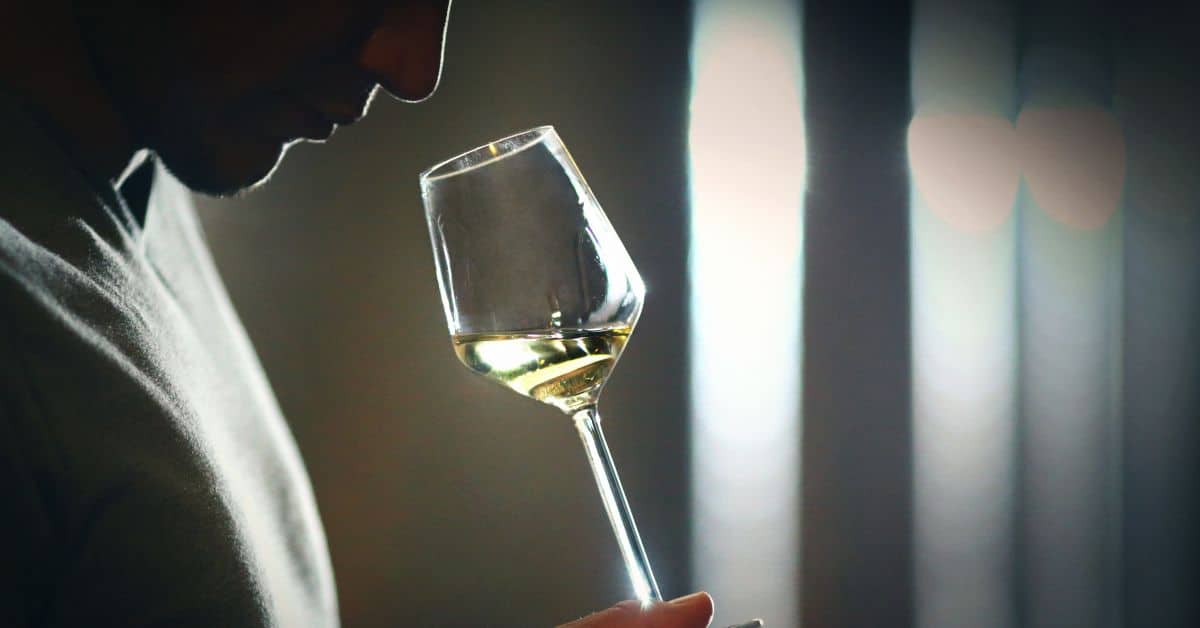
Flavour
If your wine has gone off, then you might detect strong or unusual tastes in the wine. These tastes often include vinegar-like or caramelised type flavours.
Chardonnay vs Sauvignon Blanc
While both Chardonnay and Sauvignon Blanc are white wines and can exhibit citrus or tropical flavours, their similarities largely end there. Chardonnay is usually a more robust, heavier white compared to the typically lighter-bodied Sauvignon Blanc, which often features sharper acidity.
The specifics of their taste and aroma largely hinge on their origin, vintage conditions, and winemaking choices. However, in broad terms, Chardonnays may offer apple, fig, melon, pear, and peach flavours and, under oak influence, can also develop spice, butter or hazelnut undertones.
Sauvignon Blanc can be crafted in a range of styles, but it frequently displays signature herbal or grassy notes or a mineral hint reminiscent of crushed stones or sea salt and is generally crisp and invigorating in style.
Bonnievale Wine’s Chardonnay
Over the years, Bonnievale Wines has won many awards for producing some of the best South African Chardonnay. You can purchase Bonnievale Limited Release Chardonnay 2022 and Bonnievale The River Collection Chardonnay 2023 through our online shop.
The Bonnievale Limited Release Chardonnay 2022 is elegant and fruity, and you can expect to enjoy lime and grapefruit on the nose and palate with the slightest hint of oak that produces a beautiful round mouth feel. Bonnievale’s The River Collection Chardonnay 2023 is notable for its pure citrus and peach on the nose with a long, satisfying finish of dried fruit on the palate.

If you are an international client and you’ve been searching ‘chardonnay Afrique du sud’ online while looking for the perfect South African chardonnay, then try our award-winning wines by ordering through our online shop. You can find both our delicious Limited Release Chardonnay 2022 and River Collection Chardonnay 2023 available for purchase at R111.00 and R73.00, respectively.
Visit Bonnievale Wines
Located amidst scenic surroundings, Bonnievale Wines provides an idyllic setting for a wine-tasting experience with your loved ones. We present two wine tasting choices: a selection of 3 wines for R35.00 and a variety of 5 wines for R55. We frequently offer a chocolate and wine pairing, too, but we recommend you inquire about availability while making your booking. Reservations for wine tastings can be easily made through our website.
Stay connected with all the latest from Bonnievale Wines by following us on Twitter or Instagram. For any inquiries about our Chardonnay or if you’re interested in learning more about us, feel free to contact us at 023 616 2795 or drop us an email at info@bonnievalewines.co.za.
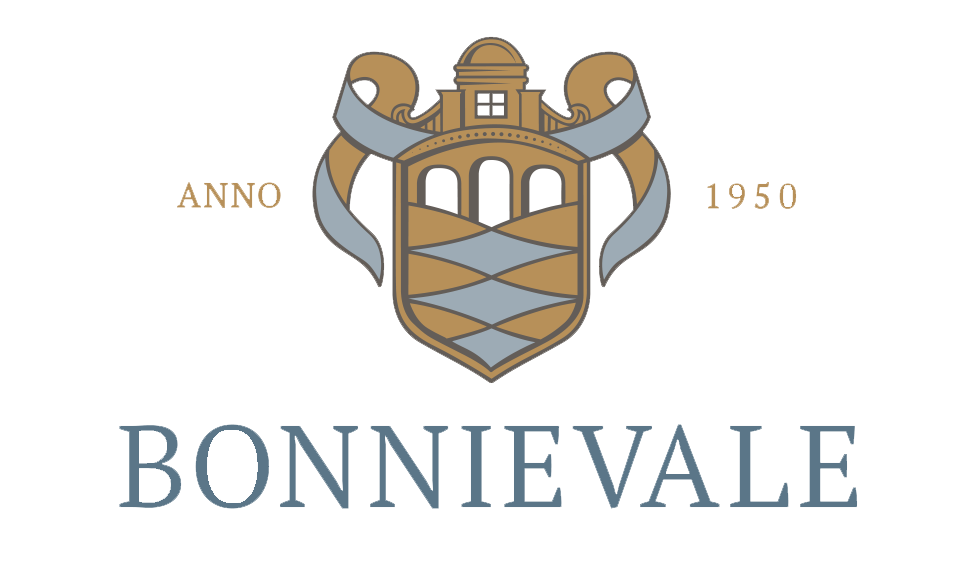
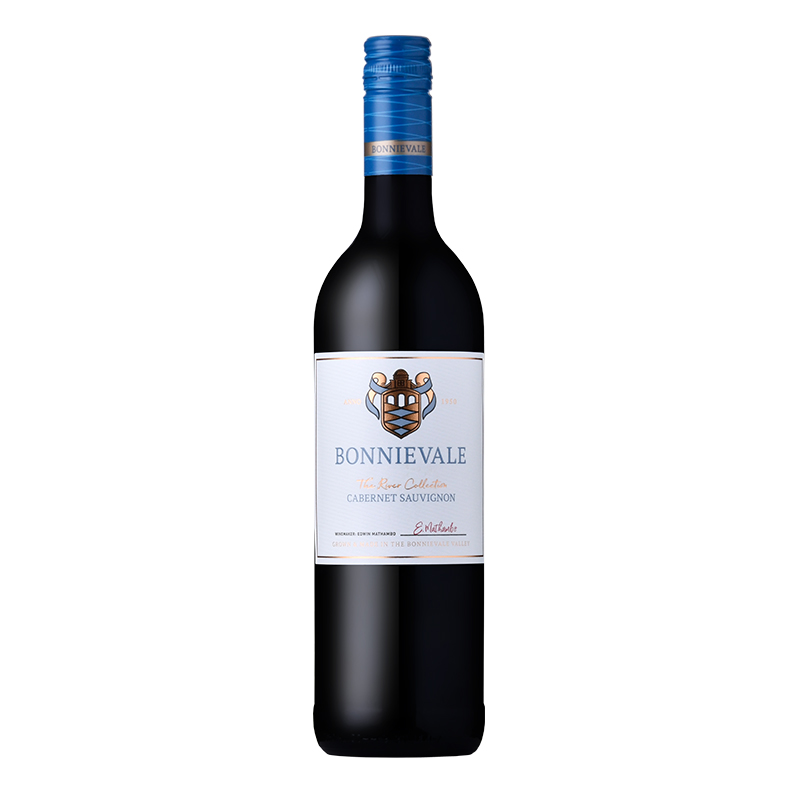
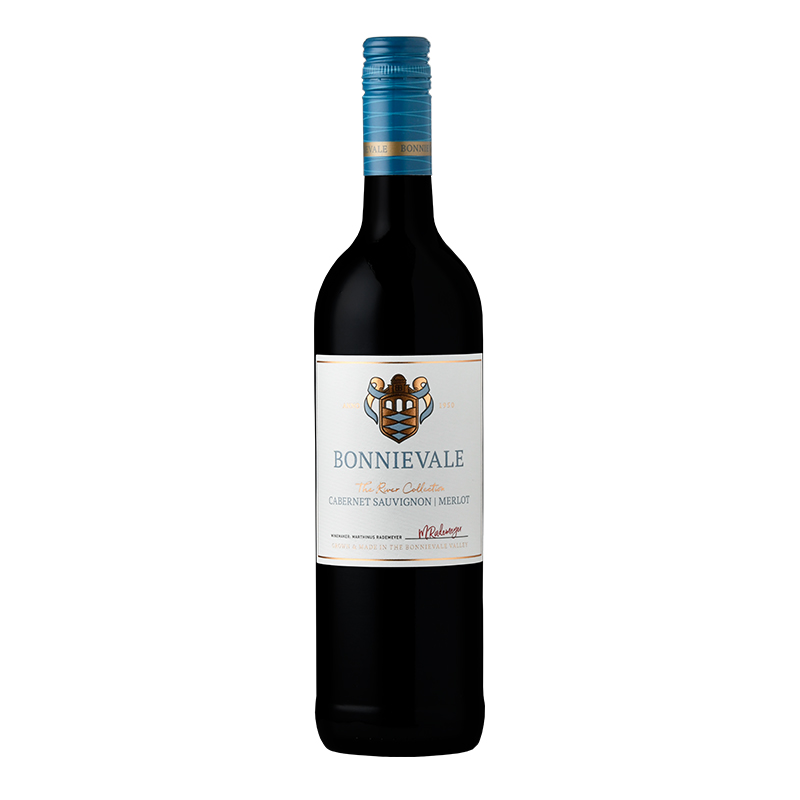

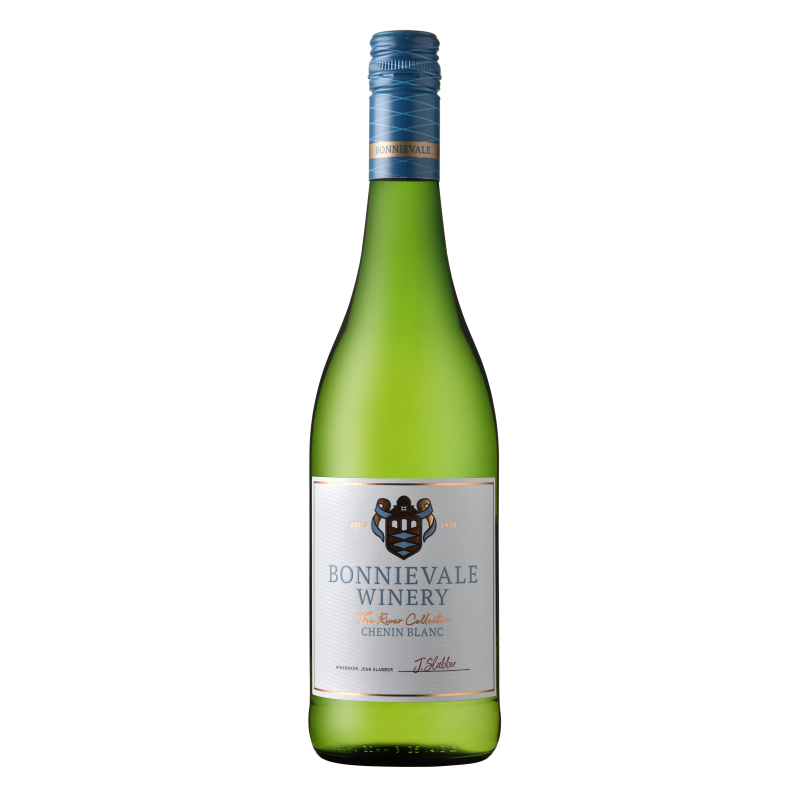
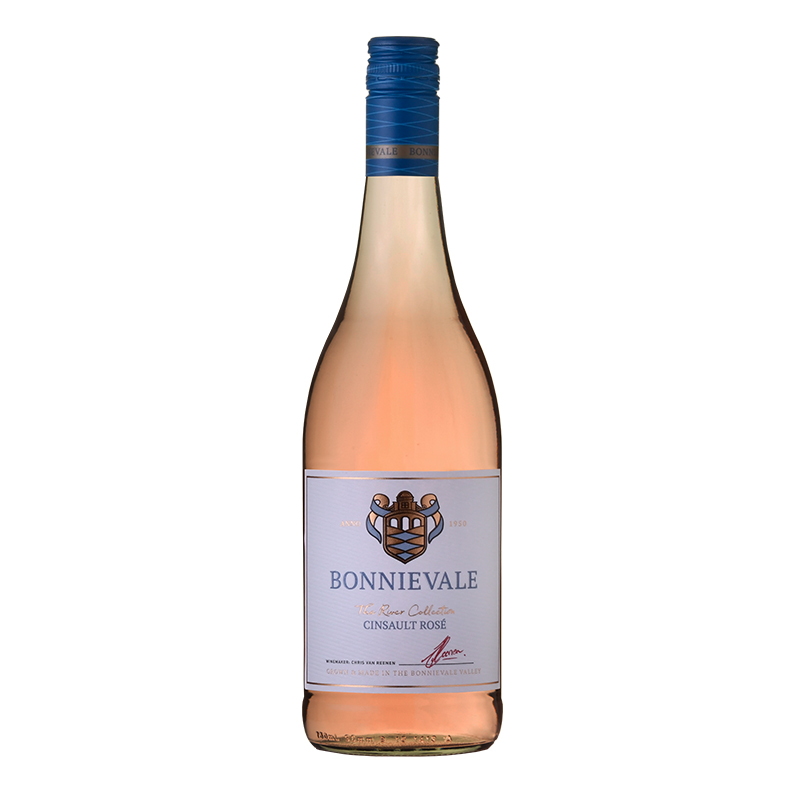
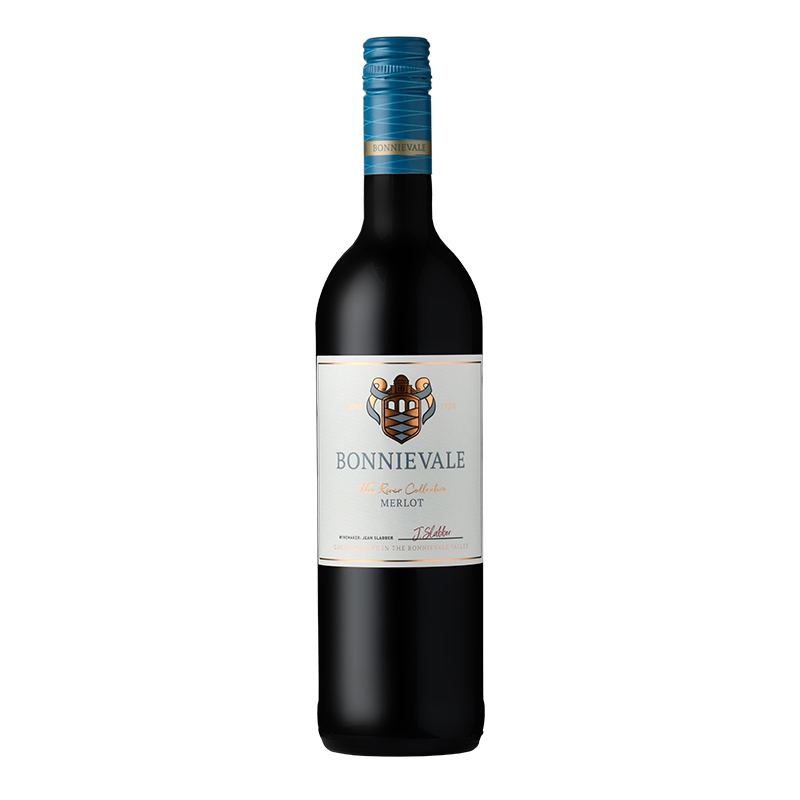
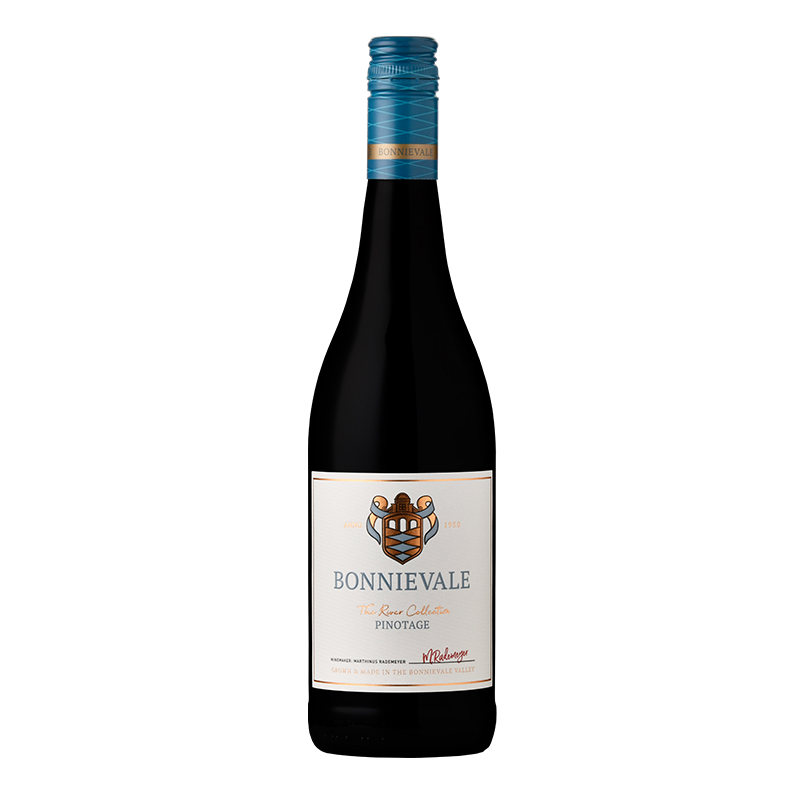
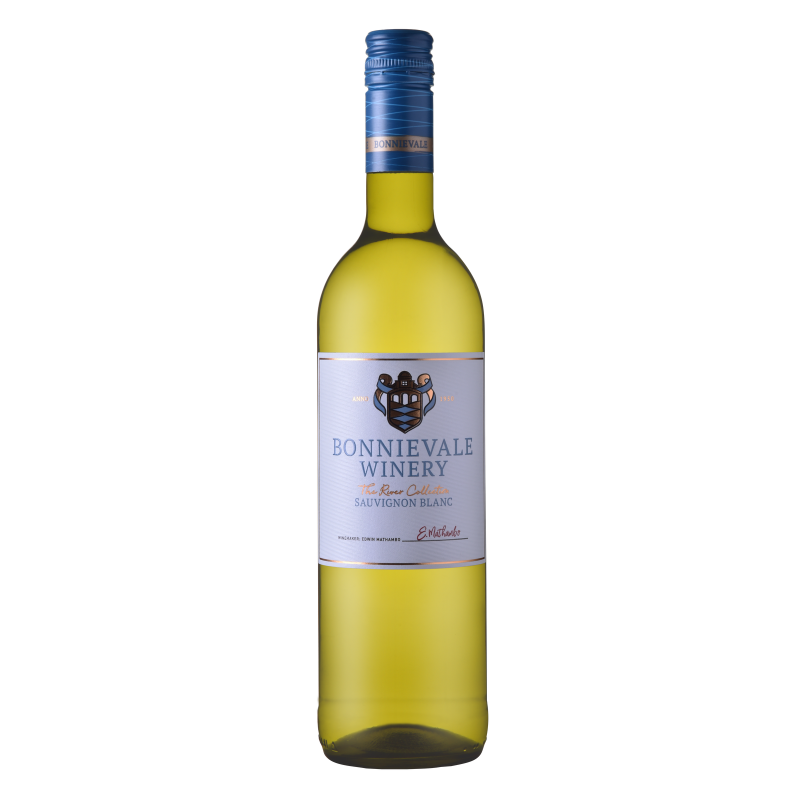
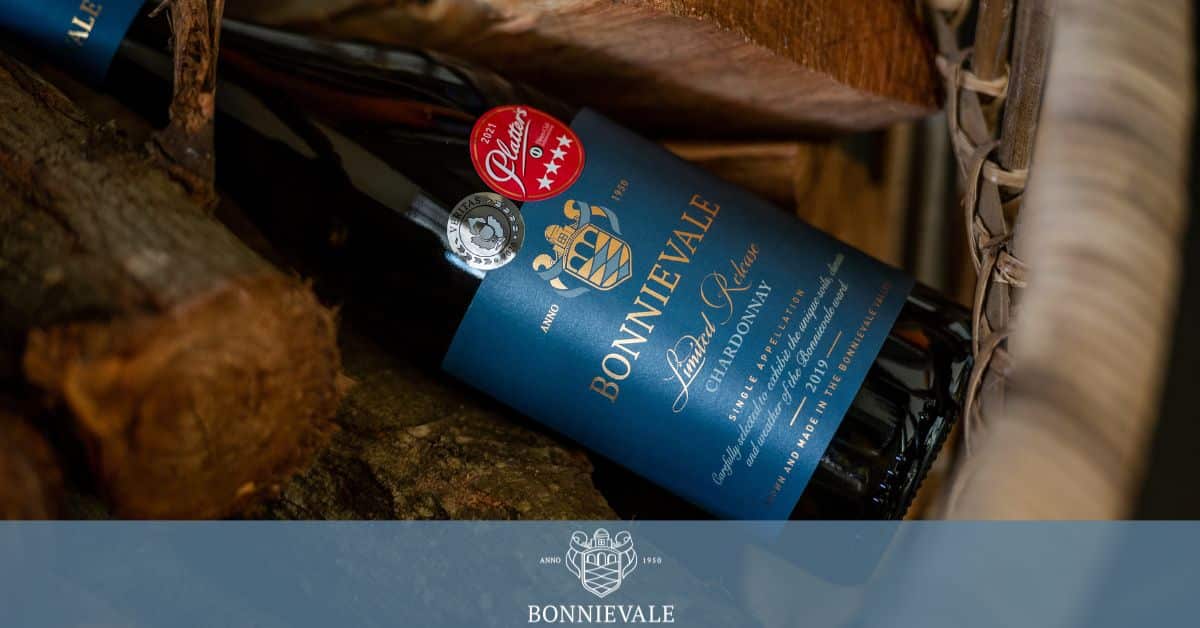
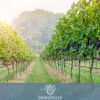
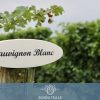
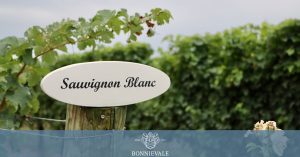



Leave a reply